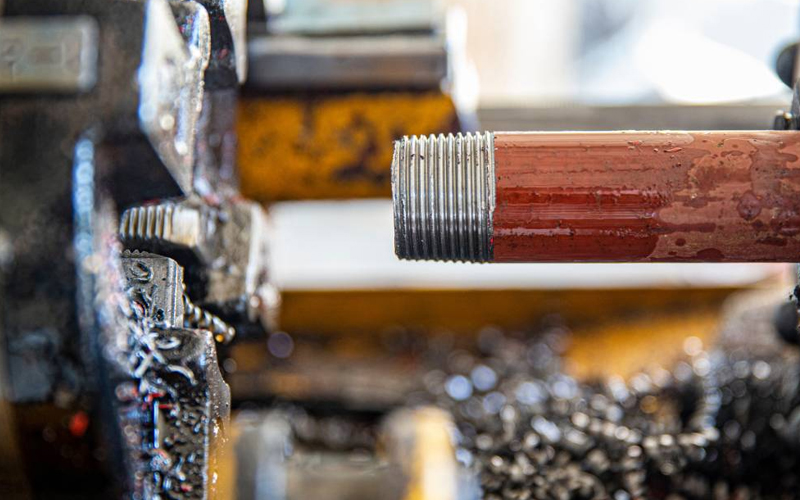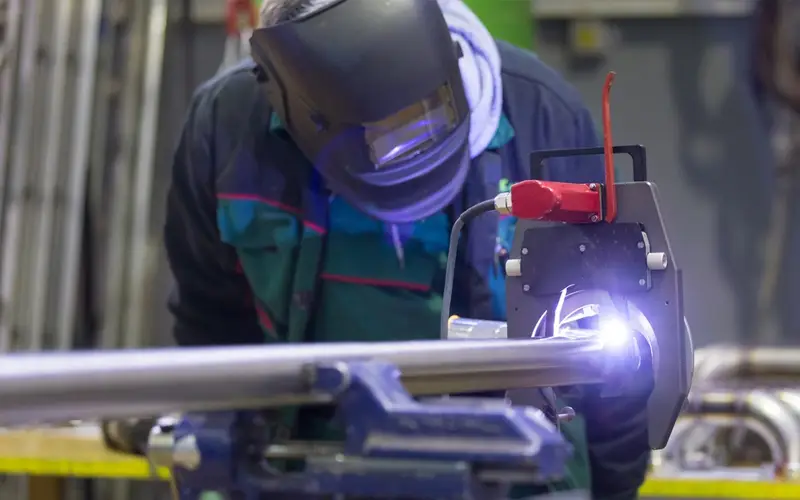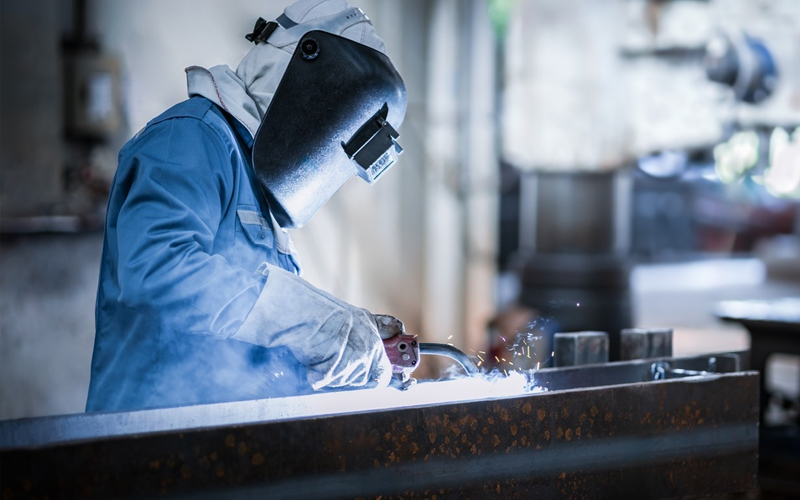
A weld’s integrity often depends on one factor that is easy to overlook—heat input. Balancing heat input for resilient, reliable welds can positively affect the durability and quality of welded parts. Welders and engineers alike must manage heat to avoid overheating, distortion, or weak joints. This blog will explore how to master this skill for improved welding results.
The Impact of Heat Input on Weld Quality
Heat input refers to the energy transferred to the metal during welding. It is measured in joules per millimeter, and it directly affects the weld’s mechanical properties and strength. Applying excessive heat can cause material degradation, including burn-through and microstructural changes, that weaken the weld. Conversely, insufficient heat may poorly fuse, leaving voids or cracks.
For solid welds, a balance avoids thermal stress, preserves base material properties, and reduces post-weld defects. Selecting the right welding parameters and equipment contributes to success.
Welding Parameters for Heat Control
Balancing heat input starts with understanding your welding parameters.
- Higher amperage and voltage increase heat input, which is helpful for thick materials but risky for thin components.
- Faster travel speeds reduce heat input. However, too much speed can lead to poor fusion and uneven weld seams.
- Adjusting the feed rate changes the size of the weld pool, which affects heat transfer and penetration.
You can control the weld pool and balance heat input for strong welds with precise modifications.
Using Equipment To Support Consistent Heat Input
Quality equipment can contribute to heat balance. When working on tubular structures or in tight spaces, orbital welding machines offer a reliable way to be precise and consistent. These programmable systems control heat input to standardize weld quality and prevent inconsistencies from manual processes. SEC Industrial can guide professionals through advanced tools and technology to improve welding performance.
Avoiding Common Heat-Related Issues
Distortion or cracking can arise when heat input isn’t controlled. Avoid these common issues by preheating thick materials to minimize thermal shock and ensure a smoother welding process.
Control the interpass temperature for uniformity when welding multilayer joints. Additionally, track energy by using heat input formulas to confirm your settings meet the project specifications. Maintaining clean surfaces and setting shielding gas parameters also minimize factors that disrupt weld integrity.
The Rundown
Balancing heat input for resilient, reliable welds delivers high-quality results that withstand stress and environmental conditions. You can achieve it by managing amperage and travel speed and using orbital welding machines.
At SEC Industrial, we provide the tools and expertise to help you master these processes. Investing in training and equipment and understanding heat-related principles will elevate your welding capabilities. Contact us today to learn how we can support your operations and see improved results over time.




